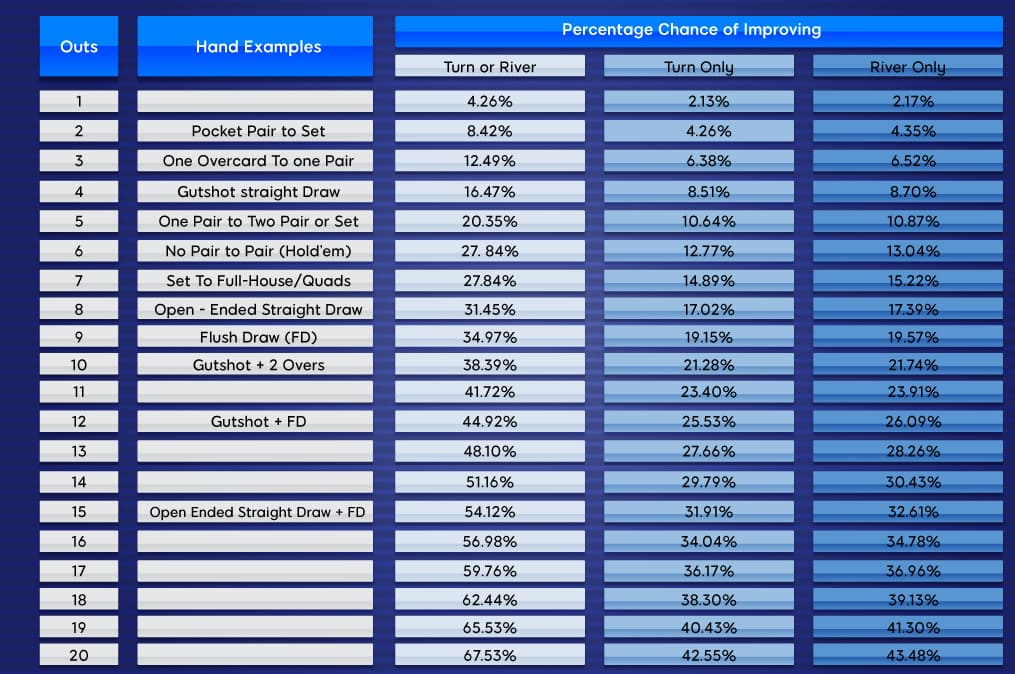The term “3-bet” can be confusing, especially for poker beginners. It is common for a new poker player to assume that a “3 Bet” is three times the previous bet. It is easy to imagine why this assumption arises. Below, we are listing out everything there is to know about what is 3 Bet in poker to help you figure it out once and for all. So, let’s get started.
What is 3 Bet in Poker Exactly?
First, let’s look at the correct definition of “3 Bet” and why it often causes confusion among the players. 3 Bet = The third bet in any round of betting. The reason for the confusion is that a 3 Bet pre-flop actually appears as the second bet of that betting round. A player makes an open raise and we then decide to make a raise. The reason for the 3 Bet designation is that the SB (Small Blind) and BB (Big Blind) obligatory payments are considered the first bet of the betting round. So the open raise is actually a “2 bet” and the re-raise is considered a 3 Bet.
This creates confusion regarding 3-bets post-flop.
Imagine our opponent immediately continues betting the flop and we then check/raise. It is now quite clear that this is the 2nd bet of the betting round. However, this is often (erroneously) referred to as a “3 Bet” by many players. For an actual 3 Bet, however, our opponent in the example in question must re-raise via our check/raise.
Why 3-Betting Is So Important
It doesn’t take a great deal of statistical analysis to realize that, on average, you can make more money with 3-bet than with cold call. The only thing going against 3 Betting your entire continuous range pre-flop is that your opponents might adapt and use this against you if they find your 3 Bets are too aggressive. The goal is to be able to 3-bet with impunity as often as possible without your opponents being able to make adjustments against you. Simply put, you need to incorporate 3 Betting into our poker strategy as it can significantly increase our win rate.
What is 3 Bet Range
First of all, it can be assumed that a 3-bet against many opponents can be broader than assumed. One of the reasons for this is that when playing at lower limits, most players don’t 4-bet as aggressively as they should. This allows you to 3bet wider than is theoretically correct. Another thing to keep in mind is that your 3-betting ranges differ depending on the size of the open raise. So you have the 3 Betting ranges where you are faced with 2.5x and 3x opens, but you also need a game plan for 2x and 4x opens and all the other sizes you are faced with on a regular basis.
The ranges you consider are standard ranges against unknown opponents. As you collect additional information, you will have to adjust your strategy as an exploitable measure.
Suppose you have an opponent who never folds 3-bets. You’ll typically backtrack on your 3-bet bluffing hands and see if you’re going to add some value to your 3-bets. And what if our opponent folds too many times on 3-bets? You will have to review your strategy; 3-bet bluffing hard and play your strong holdings very slowly pre-flop as opposed to value 3-betting.

